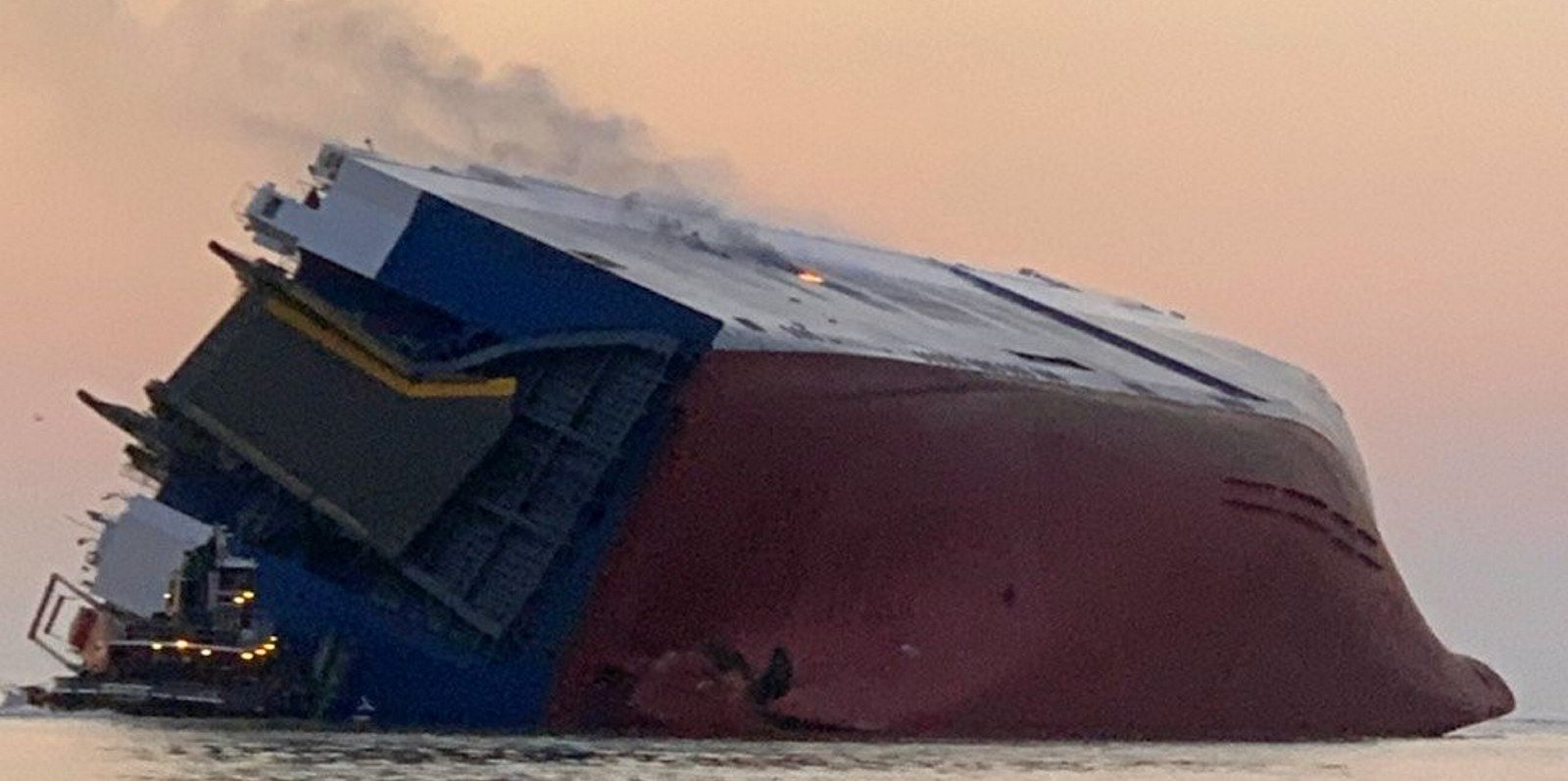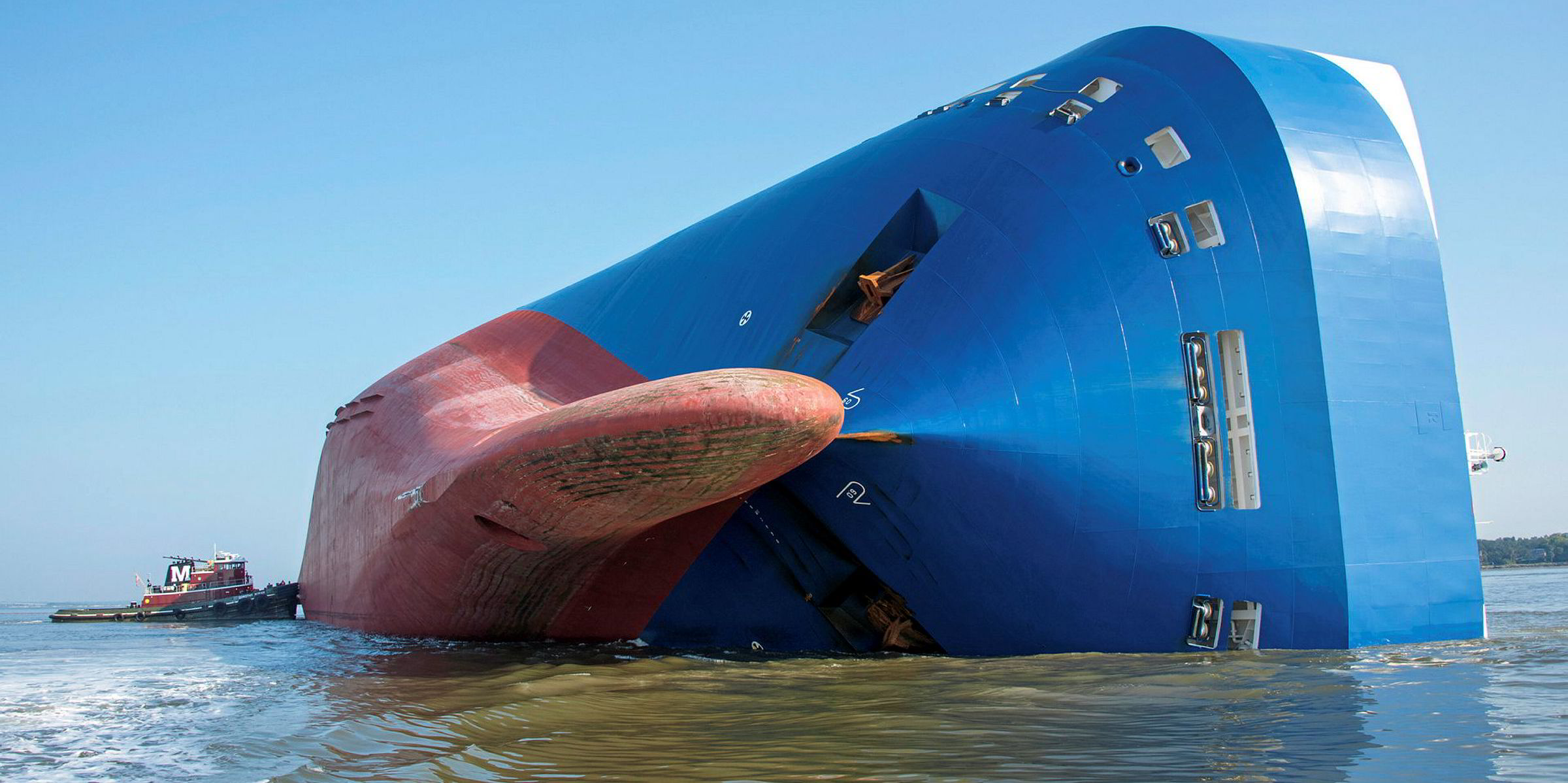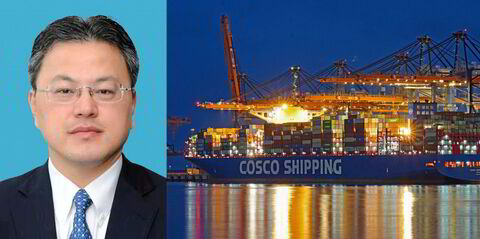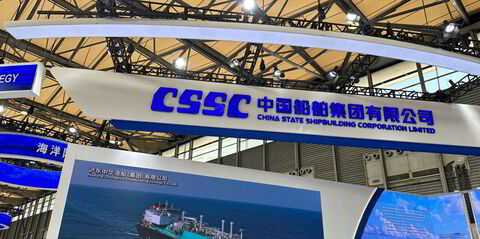Human error caused a Hyundai Glovis-owned car carrier to capsize off the US east coast two years ago, according to the US National Transportation Safety Board (NTSB).
The 7,700-ceu Golden Ray (built 2017) ended up on its port side in Georgia's St Simons Sound on 8 September 2019 after heeling rapidly to port during a 68-degree turn to starboard.
The harbour pilot and the crew tried to right the ship during the turn, but the vessel nonetheless reached a 60-degree heel before grounding outside the channel, less than 40 minutes after leaving the Port of Brunswick.
"The NTSB determined the probable cause of the capsizing of the Golden Ray was the chief officer’s error entering ballast quantities into the stability calculation programme, which led to his incorrect determination of the vessel’s stability," the NTSB said in the report.
As a result, the ship had an insufficient righting arm to counter the forces developed during a turn while exiting the port through St Simons Sound.
Vessel operator also at fault
The NTSB also cited the vessel operator G-Marine Service's failure to effectively verify stability calculations as contributing to the accident that caused more than $200m in damages to the vessel and cargo.
The NTSB concluded that the Golden Ray, which was carrying more than 4,100 cars, did not meet international stability standards while leaving the port and was less stable than the chief officer calculated.
It also determined that two watertight doors had remained open almost two hours before the accident, thus causing water to flood the vessel immediately after it capsized.
"No one on the bridge ensured that the doors were closed before departing the port," the NTSB said.
“The circumstances of this accident show that even when transiting in protected waters, watertight integrity is critical to the safety of the vessel and its crew,” the report said.
“It is essential that the operator ensure that crews verify that all watertight doors are closed in accordance with safety management system procedures.”
The flooding caused four engineers to become trapped in the engine room for 40 hours before getting rescued.
The vessel's other 19 seafarers and the pilot on board were rescued shortly after the incident. Two crew members sustained serious injuries.
The NTSB recommended to G-Marine Service that it establish procedures for verifying stability calculations and crew closure of watertight doors.





